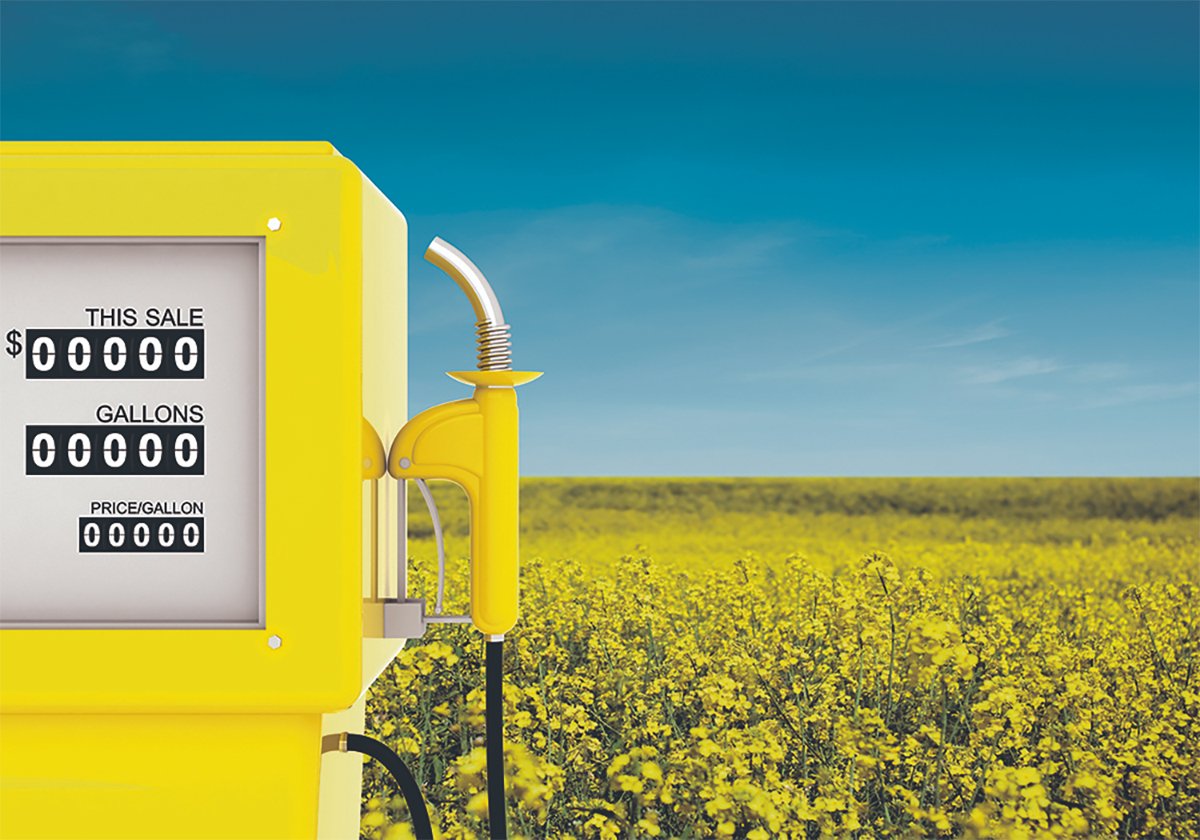Dry pea prices lead resurgence
The runup of dry pea prices this winter has caused prairie farmers to consider seeding a lot more acres to the crop this year.
Statistics Canada’s April 30 seeding intentions report forecast a dry pea crop of more than two million acres, up 42 percent from last year and slightly larger than the previous record of 1.95 million acres set in 1995.
The biggest jump is expected to come in Saskatchewan where farmers surveyed between March 20 and 27 said they’d plant 1.4 million acres to peas, up 52 percent from last year. Saskatchewan Agriculture forecasts only a nine percent increase. Saskatchewan Wheat Pool forecasts acreage about midway between the two.
Read Also

Biofuel sector happy with federal budget
Advanced Biofuels Canada says new Biofuel Production Incentive is a lifeline until CFR amendments are in place.
In Manitoba, the StatsCan survey said pea area is expected to rise to 180,000 acres, up from 150,000 last year. Alberta acreage is expected to increase about 30 percent to 450,000.
This marks a return to what had been steadily increasing pea acreages since 1990. In that year, only 303,000 acres were seeded to the pulse crop. By 1995 there had been more than a six-fold increase.
Last year’s step back reflected competition from record high grain prices.
Brian Clancey, a special crops analyst and head of Stat Publishing, said the trade expected farmers to return to peas this year. In 1996-97 they enjoyed good production and good prices.
With a large and expanding base of knowledgeable growers and the prospect of good returns, greater seeded area was almost inevitable.
Clancey thinks a bigger crop does not necessarily mean much lower prices next year. Greater than expected sales this year have reduced the expected year-end carryover. Also, if farmers steadily sell their production through the year, exporters can aggressively market it and remove the perception of burdensome supplies, he said.
Right now, the only negative factor for prices is a large crop developing in good conditions in central Europe, he added.
While we are on the StatsCan report, why is it able to track seeding intentions for small crops such as winter wheat and rye in each province, but not the major pulse and special crops?
The agency reports the major special crops in each province, but only those it considers significant. For example, it noted last year that Manitobans expected to seed 20,000 acres of winter wheat and 70,000 acres of rye. Almost 50,000 acres of lentils were seeded, but they weren’t mentioned.
Pulses and special crops are big business on the Prairies and accurate, unbiased statistics are needed for them just as they are needed for the six major grains and oilseeds.














